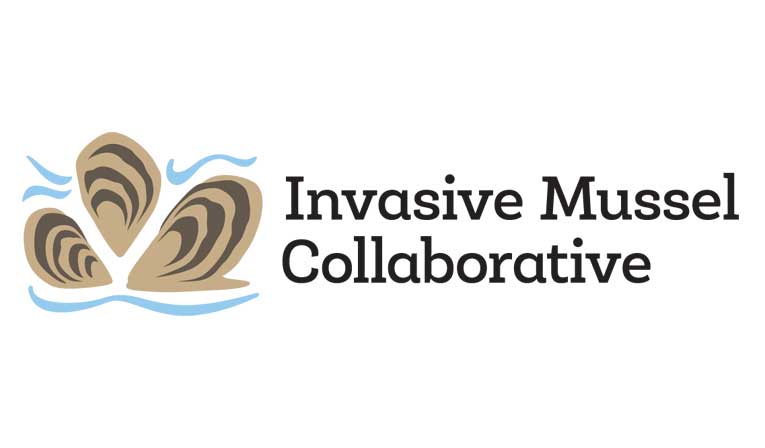
Three organizations around the Great Lakes have teamed up to reduce the number of invasive zebra and quagga mussels in the water. The Great Lakes Commission, International Joint Commission and the Great Lakes Fishery Commission are also teaming up with federal and local governments in the U.S. and Canada.
Invasive mussels began appearing in the Great Lakes region in the late 1980s, and have since caused significant ecological and economic impacts.
“The Invasive Mussel Collaborative aims to produce measurable ecologic and economic benefits through advancement of scientifically sound technologies designed to control invasive zebra and quagga mussels,” the collaborative’s website states. “The collaborative intends to align existing science and management goals into a common agenda for invasive mussel control by providing a framework for communication and coordination, identifying the needs and objectives of resource managers, prioritizing the supporting science, and recommending communication strategies.”
“The Invasive Mussel Collaborative aims to produce measurable ecologic and economic benefits through advancement of scientifically sound technologies designed to control invasive zebra and quagga mussels,” the collaborative’s website states. “The collaborative intends to align existing science and management goals into a common agenda for invasive mussel control by providing a framework for communication and coordination, identifying the needs and objectives of resource managers, prioritizing the supporting science, and recommending communication strategies.”
For more information, visit invasivemusselcollaborative.net.


